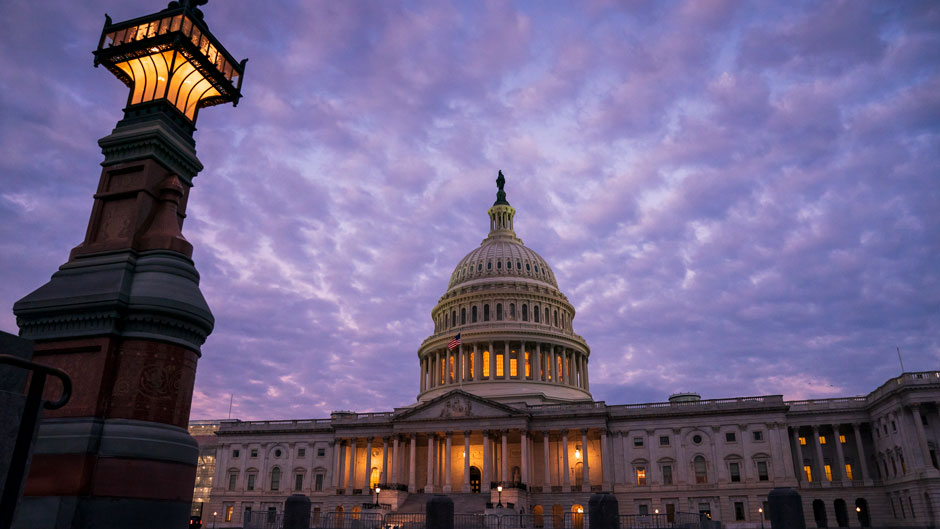The first testimony in the House of Representatives’ impeachment inquiry into President Trump got underway Thursday when the former U.S. Special Envoy to Ukraine, Kurt Volker, testified behind closed doors before the committees leading the probe.
Volker’s testimony came a day after a visibly angered Trump lashed out at Democrats during a press conference, using an expletive to describe their amped-up impeachment efforts.
With the inquiry generating heightened interest across the nation, Caroline Mala Corbin, University of Miami professor of law and Dean’s Distinguished Scholar, provides this primer on how the impeachment process works.
What is the process?
Impeachment and removal is basically a two-step process that involves both houses of Congress. First, a majority of the House impeaches the President. To impeach is essentially to indict, so articles of impeachment are basically a list of charges. Second, the Senate tries the President. The Chief Justice of the Supreme Court oversees the trial, and the Senate acts as the jury. If two-thirds of the Senate votes to convict, the President is removed from office.
Why does impeachment even exist?
The U.S. Constitution set up our government with an eye towards avoiding tyranny. One way it did this was by dividing power. The Constitution divides power between the states and the federal government. The Constitution also divides the power of the federal government into three branches (executive, legislative, judiciary). Moreover, each branch of the federal government serves as a check on the other two. The power to impeach is a crucial way that Congress checks the power, and abuse of power, of the President.
What are the grounds for impeachment?
According to the text of the Constitution, the President may be impeached for “treason, bribery, or other high crimes and misdemeanors." Treason is the only one of the three grounds that the U.S. Constitution actually defines. “Treason against the United States shall consist only in levying war against them, or in adhering to their enemies, giving them aid and comfort.” Treason includes helping our enemies, where enemies are those with whom we are in an open war. Therefore, helping a country does not amount to treason unless we are at war with that country.
A high crime or misdemeanor need not amount to an actual felony or even violate a particular law. Instead, it is generally understood to mean a serious abuse of public trust. Examples might include abuse of power, obstruction of justice, or contempt of Congress (the three articles of impeachment the House was planning to bring against Richard Nixon).
Has any U.S. President ever been impeached before?
Andrew Johnson was impeached but not convicted in 1868. Nixon resigned in 1974 while the House was preparing articles of impeachment. Bill Clinton was impeached (Dec. 1998) but not convicted (Feb. 1999).

